Entry Category: Architecture
Marlsgate and the Dortch Plantation
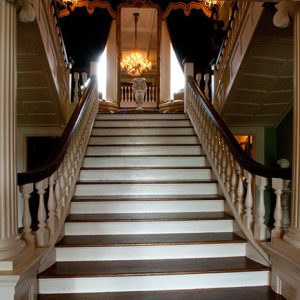 Marlsgate Interior
Marlsgate Interior
 Marlsgate
Marlsgate
Marquette Hotel
aka: Riviera Hotel
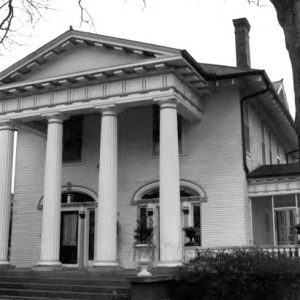 Marshall House
Marshall House
Marshall House (Little Rock)
 Dr. James D. Mashburn House
Dr. James D. Mashburn House
 Matthews House Driveway and Garages
Matthews House Driveway and Garages
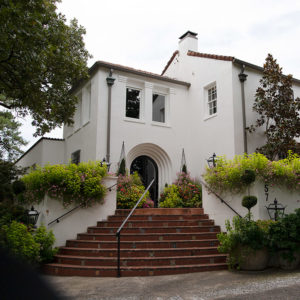 Matthews House Entrance
Matthews House Entrance
 Matthews House Garden
Matthews House Garden
 Matthews House Grounds
Matthews House Grounds
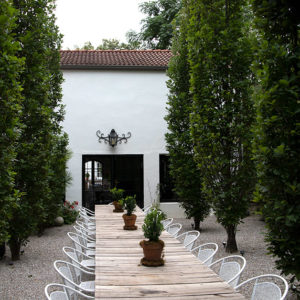 Matthews House Patio
Matthews House Patio
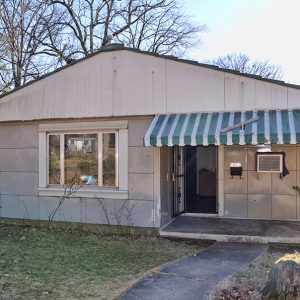 Matthews Lustron House
Matthews Lustron House
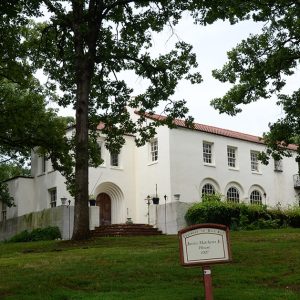 Justin Matthews Jr. House
Justin Matthews Jr. House
Maumelle Ordnance Works Bunker No. 4
Maxie Theatre
 Maxie Theatre
Maxie Theatre
Mayer, Maximilian F. (Max)
 McCollum-Chidester House
McCollum-Chidester House
McCollum-Chidester House Museum
McDaniel, Irven Granger
 McDonald-Wait-Newton House (a.k.a. Packet House)
McDonald-Wait-Newton House (a.k.a. Packet House)
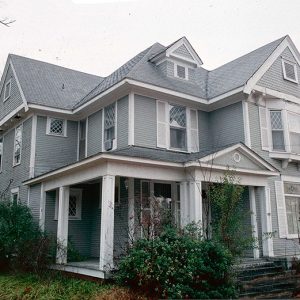 McKenzie House
McKenzie House
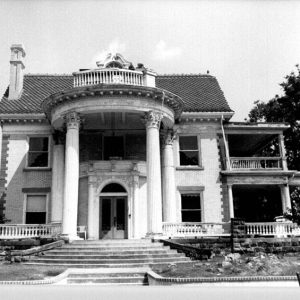 Angus McLeod House
Angus McLeod House
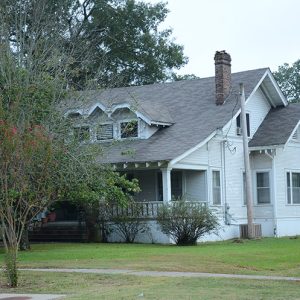 D. L. McRae House
D. L. McRae House
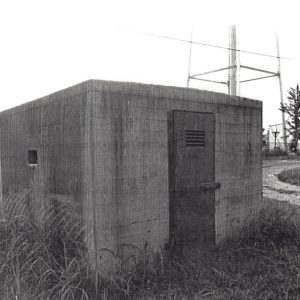 McRae Jail
McRae Jail
McRae Jail
 T. C. McRae House
T. C. McRae House
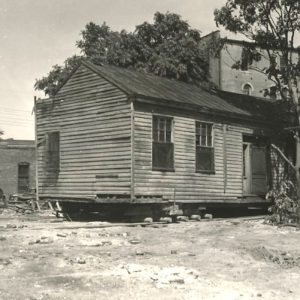 McVicar House
McVicar House
 McVicar House
McVicar House
McVicar House
 Medical Arts Building
Medical Arts Building
Medical Arts Building
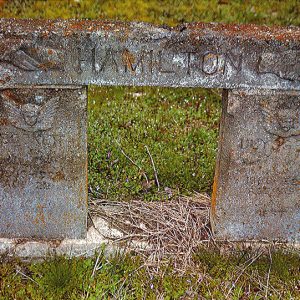 Memorial Bench
Memorial Bench
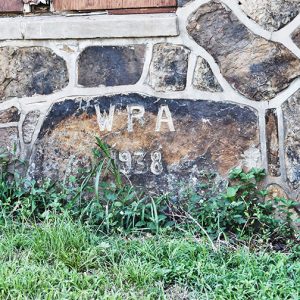 Menifee Gymnasium
Menifee Gymnasium
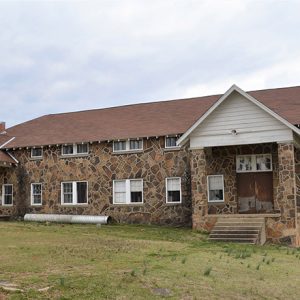 Menifee High School Gymnasium
Menifee High School Gymnasium
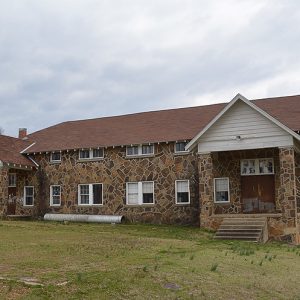 Menifee High School Gymnasium
Menifee High School Gymnasium
Menifee High School Gymnasium
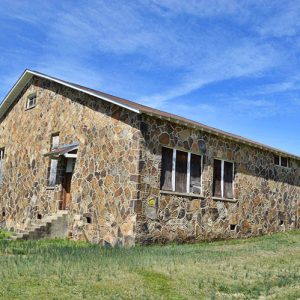 Menifee High School Gymnasium (Three-quarter view)
Menifee High School Gymnasium (Three-quarter view)




